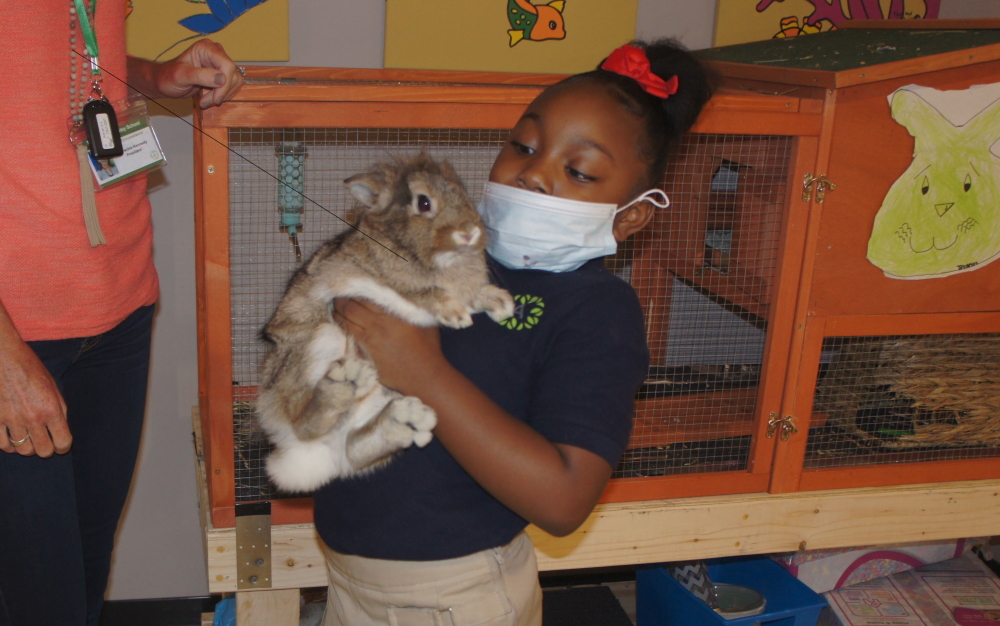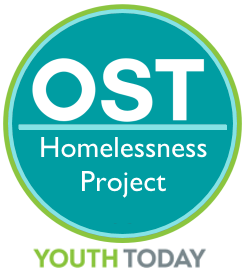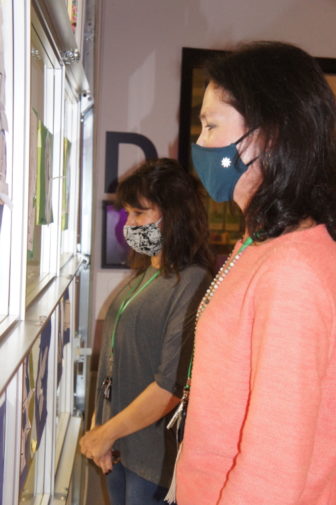
Photos by Stell Simonton
A young student at the Boyce L. Ansley School in Atlanta holds a rabbit. As children care for animals at the school, they gain social and emotional understanding, learning about the needs of the animal and how to interact gently.
(EDITOR’S NOTE: This is the second of several articles in an occasional series about the intersection of OST and students experiencing homelessness.)
When a classroom door slams at the Boyce L. Ansley School in Atlanta, it’s a danger signal for some students.
It reminds them of a gunshot that they’ve heard in the street or a fight that they witnessed or some kind of an angry situation, said Kate Kennedy, president and founder of the school.
“It’s very unnerving to them, “ she said.
For those children who have had traumatic experiences, a safe and respectful environment is a basic need. It has to be created before they can progress academically.
It’s why social and emotional learning — and an understanding of trauma — are emphasized at the Boyce Ansley School.
The private school, founded in 2018, serves 40 children from pre-K through first grade. It’s specifically for children whose families are homeless. It’s supported by individual donors and small family foundations.
 While homelessness is often thought of as a single person living on the street, a typical homeless family is likely to be a single mother in her 20s with several young children, according to the National Child Traumatic Stress Network. The family is likely to have been under great stress. The children often haven’t been in a social setting with their peers, Kennedy said.
While homelessness is often thought of as a single person living on the street, a typical homeless family is likely to be a single mother in her 20s with several young children, according to the National Child Traumatic Stress Network. The family is likely to have been under great stress. The children often haven’t been in a social setting with their peers, Kennedy said.
“We work really hard with our students to help them find words to express their emotions, to learn how to relate to other people, to learn how to work in a group,” she said.
A play therapist works with the kids and does training with teachers. Children also attend an after-school program.
Parent education is offered, parents receive a full range of support services and they are consulted in many decisions made in the school.
The school engages children in STEAM (science, technology, engineering, art and math) projects.

Principal Kelly Wix (left) and school founder and president Kate Kennedy observe a classroom, noting how two children are working together. Currently 26 students have class in the building and and 14 are joining in for virtual lessons.
“STEAM is such a great way to help the children with their social emotional learning, because they learn how to work in groups, they learn how to problem solve, they learn how to face new challenges,” Kennedy said.
When things don’t work out, they learn to try something else, she said.
“It helps them understand how to take risks and … to deal with successes and failures and to do it within a group, and to be responsible for their actions,” Kennedy said.
[Related: Out-of-school Time Activities a Vital Part Of Oklahoma School For Homeless Students]
The school also looks at the students’ full environment. Everything that happens affects a child’s stability, she said. If home life is stable, if kids have enough food and medical care, if school is supportive, then kids can flourish. If there’s a problem in one area — such as being bullied at school — that’s “a break in the fabric,” she said. The more breaks in the fabric, the harder it is for children to develop.
As the school creates its third strategic plan, it hopes to develop a template that other communities can use to start similar programs.
Kennedy said that when she’s explained the school’s approach to people, she’s had very positive responses. Prior to that, they may not have understood the extent of the problem.
“People don’t realize how many children are homeless and how many children are actually not enrolled in school anywhere, and how much that’s going to cost our society.” she said.





























